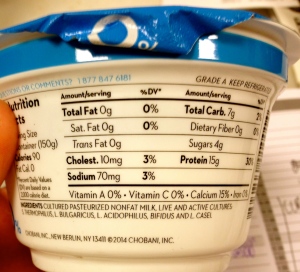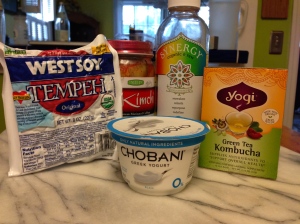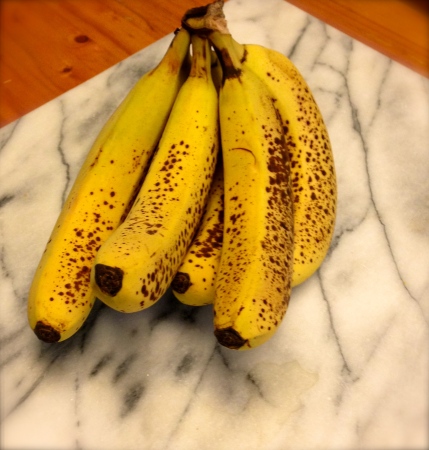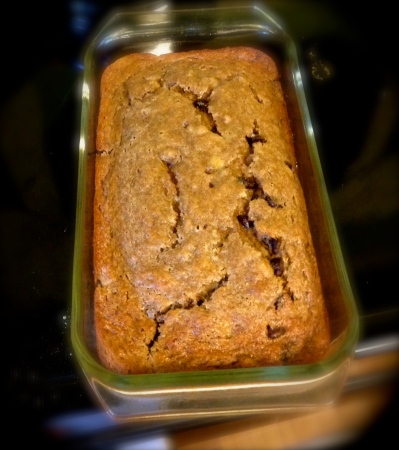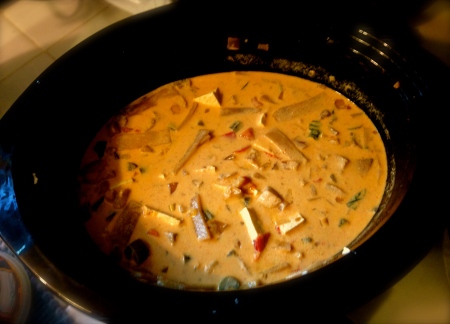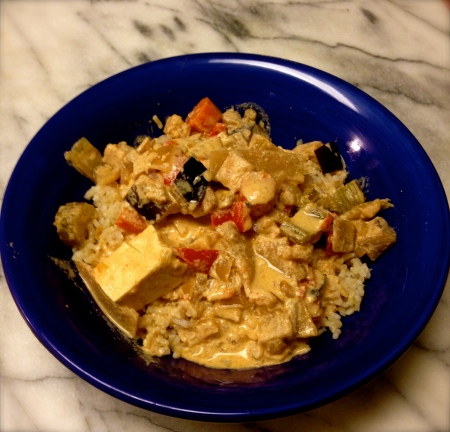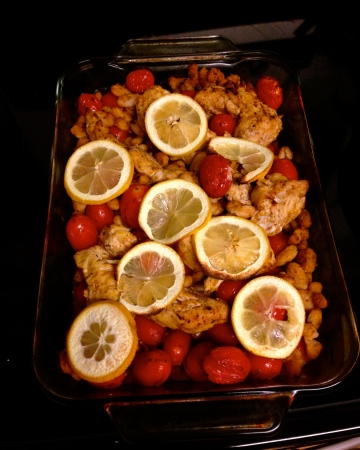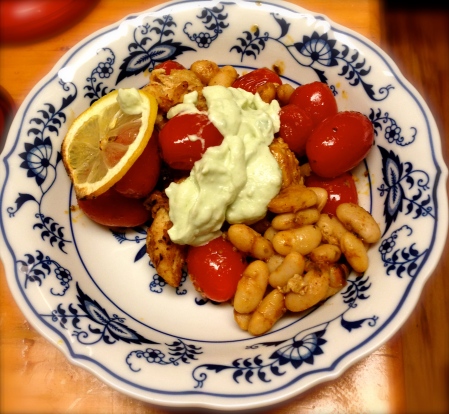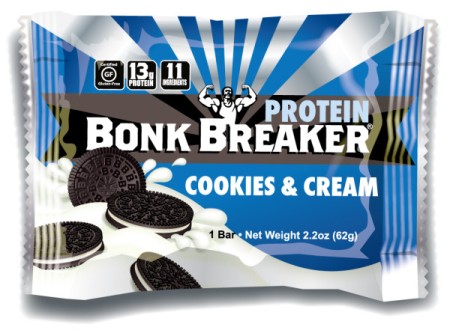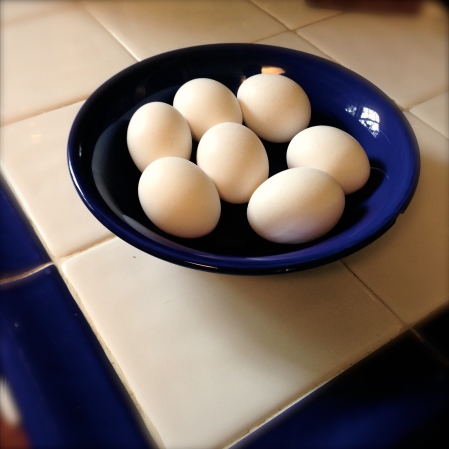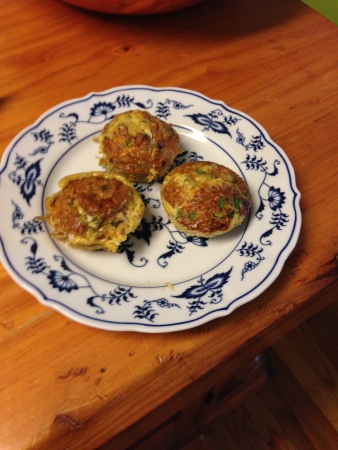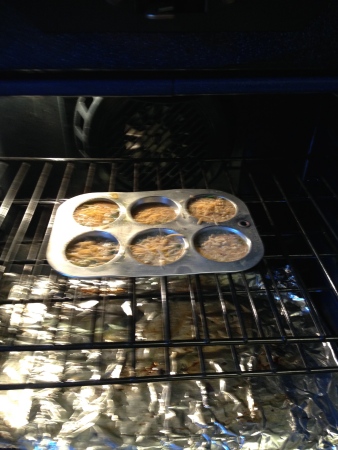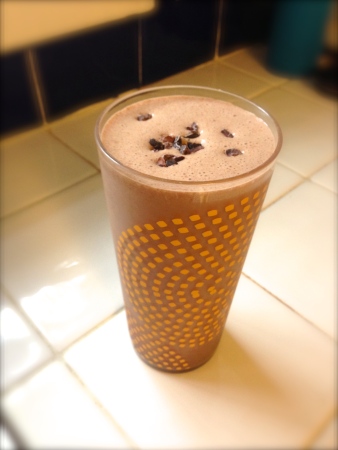There
is not a condiment on this earth that I love as much as I love mustard.
Whether it’s on a sandwich, salad, fresh veggies or sweet potato fries
(my personal favorite), I absolutely love it. Aside from being
delicious, mustard is such a versatile ingredient and adds such a
wonderful flavor in many dishes. I enjoy exploring new ways to
incorporate it into new recipes. I happened to have some quail in my
freezer given to me by a family member and thought that a honey mustard
sauce would complement the dark, sweet flavor of quail. That being said,
this recipe also works really well with chicken thighs so I highly
encourage you to try it, even if you’re not into wild bird or do not
have access to so.
With
the extra sunshiny weather and longer days over the past few weeks,
I’ve found myself out and moving a lot more than I have been over the
previous months. My body has definitely recognized this and a
nutrient-dense meal was much needed to keep me going. After an morning
swim and run after work, this meal not only hit the spot but left me
feeling wonderfully replenished and ready to take on the next day.
Providing wholesome carbohydrates, vitamin A and fiber in the sweet
potatoes, vitamin C, vitamin K and cruciferous quality fiber in the
brussel sprouts and some lean protein, iron, copper, selenium, zinc and B
vitamins in the quail, this combination is a perfect example of a
complete, wholesome, nutritious meal.
Recipe makes 4 servings.
For Vegetables:
- 3/4 lb fresh Brussel sprouts, cut in half length-wise
- 2 small sweet potatoes, peeled and cut into cubes
- 1/2 lb blue potatoes or red potatoes
- ~2 Tbsp olive oil
- Balsamic Vinegar
- 1/2 tsp dried thyme
- 3 slices bacon
- Salt and Pepper
- 3 Tbsp dijon mustard
- 3 Tbsp whole grain mustard
- 3 Tbsp honey
- 2 Tbsp chicken broth
- 1 Tbsp olive oil
- 3 sprigs rosemary
- 1 Tbsp olive oil
- 1 Tbsp whole grain mustard
- Coarse ground salt and Cracked Pepper, to taste
- 4 quail breasts w/ legs (or 4-6 chicken thighs)
1. Preheat oven to 400 degrees Fahrenheit. Grease a roasting pan or large baking pan.
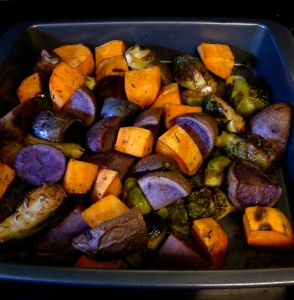 2. Make
mustard rub by combining olive oil with whole grain mustard as well as
salt and pepper in a small bowl. Rub mixture over surface of quail
breasts or chicken thighs.
2. Make
mustard rub by combining olive oil with whole grain mustard as well as
salt and pepper in a small bowl. Rub mixture over surface of quail
breasts or chicken thighs.3. Whisk together dijon mustard, whole grain mustard, honey and chicken stock in a separate bowl. To reach desired consistency, add more chicken stock (I ended up adding closer to 1/4 cup total).
4. To prepare vegetables, combine sweet potatoes and Brussel sprouts in a large bowl and drizzle with olive oil and balsamic vinegar (I usually just douse it a good bit). Sprinkle mixture with thyme, a dash of salt and several grinds of pepper.
5. Transfer vegetables to baking pan and disperse evenly. Drizzle with a tad more olive oil.
Preparing the Quail:
- Heat an oven-proof skillet over medium-high heat. Once heated sear quail in skillet until lightly browned on all sides (flip after about 2-3 minutes). Pour mustard mixture into skillet and sprinkle with rosemary sprigs.
- Transfer vegetables and quail skillet to oven. Cook vegetables for about 25-35 minutes or until potatoes are tender and quail for about 20 minutes (chicken may take closer to 25-30 minutes). Stir veggies about halfway through cooking time.
- In the meantime, cook bacon either in a frying pan or by baking in the oven while vegetables are cooking. Once done, transfer to plate covered in paper towels to absorb the grease and cool. After the bacon has cooled, break into crumbles.
- Once vegetables are done, sprinkle bacon over the top. I also drizzled a bit of balsamic reduction over the vegetables for visual appeal and a little extra tang. Plate it up with the quail and enjoy!

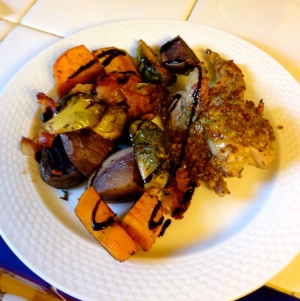
Nutrition Info per serving for Vegetables: 221 calories, 33g carbs, 5g sugar, 10g fat, 7g protein
Nutrition Info per serving for Quail: 216 calories, 12g carbs, 12g sugar, 7g fat, 13g protein
Quail Recipe adapted from Damn Delicious.
Vegetable recipe adapted from Cinnamon-Spice & Everything Nice.

